EARTH ECONOMICS

It’s the only one we have
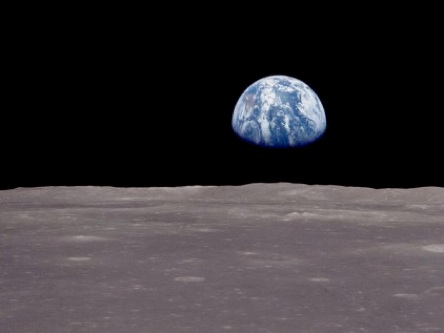
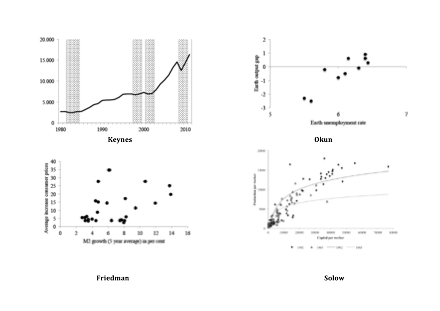
Taking stock of emerging planet data and analysing policies during the global Crisis, Earth Economics provides both a sound introduction into basic macroeconomic tools and concepts and insights in topical problems and recent developments in planet production, growth and governance. This textbook can be used as an introduction in macroeconomics that at the same time offers a completely new angle to policy analyses by its focus on the truly global level and its empirical orientation on very recent data.
Earth Economics has three important features:
-
1)Empirical orientation on Earth’s economic processes (both short run and long run) and illustration of major theories by means of real world data
-
2)Long run development perspective including poverty, long waves, limits to exponential growth, global external effects and the provision of global public goods
-
3)Policy orientation, in particular the response on the unfolding Great Recession
Earth Economics starts with an introduction into the Planet Accounts and the measurement of Gross Planet Product (GPP).
Part I is devoted to the short-term and studies the fluctuations and policy responses (demand management). Chapter 3 discusses Earth’s business cycle dealing with fluctuations in production, prices and unemployment. Chapter 4 provides the basic eartheconomic model that deals with consumption, investment and saving (the IS curve) and discusses the global saving glut. Chapter 5 endogenizes investment discussing several investment theories and derives the conditions for product market equilibrium (the so-called IS curve). Chapter 6 introduces government and deals with taxation and public debt dynamics. In Chapter 7 money is introduced and derives money market equilibrium (the LM curve). and the money multiplier. Chapter 8 brings the elements of Chapters 4 to 7 together in order to build the eartheconomic demand schedule, to confront this with the supply side of the economy and to analyse how the world output gap develops and relates to unemployment. Chapter 9 is devoted to a number of policy puzzles providing some insights in why economists disagree and about what. The chapter thus provides in an interesting way a number of recapitulations and exercises to test the ability to use the tools of short-term eartheconomic analysis.
Part II focuses on the long run. Chapter 10 starts with the very long-run perspective of two millennia of growth and productivity before moving towards the Solow model. Chapter 11 uses amongst others this model to take a look at the take off into a sustainable growth periods and at impediments of growth, including poverty and middle income traps. Chapter 12 discusses the long economic waves in order to offer an alternative perspective on the Great Recession and takes a look at limits to exponential growth
Part III deals with global governance (Chapter 13 looks at the past and Chapter 14 looks at the future). In this there is analysis, philosophy and politics as this Part studies the developments of the economic conditions for the provision of global public goods (and therefor studying the amount and size of nations that make up the world community is necessary). This provides a basis to understand the prospects for policy coordination and multilateral rules and regulations and to take a look at new forms of global governance that have emerged since the start of the millennium, in particular the G20 and the role that the emerging economies are and will be playing in the international institutions.
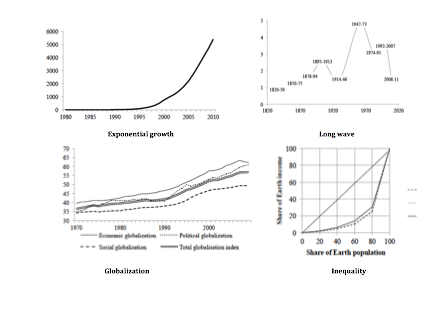
Earth data illustrate theories at the planetary level
including environment, globalization and inequality
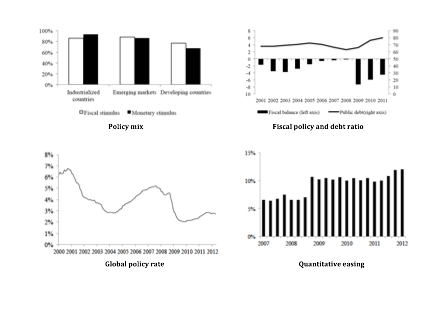
planetary policy mix and global impact and implications
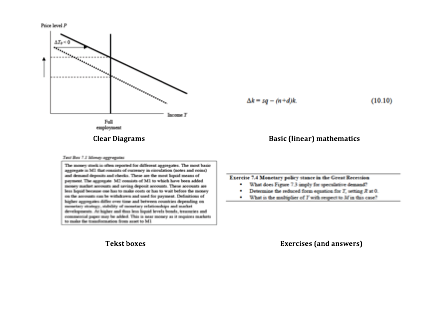
sound introduction in basic economic tools and concepts

